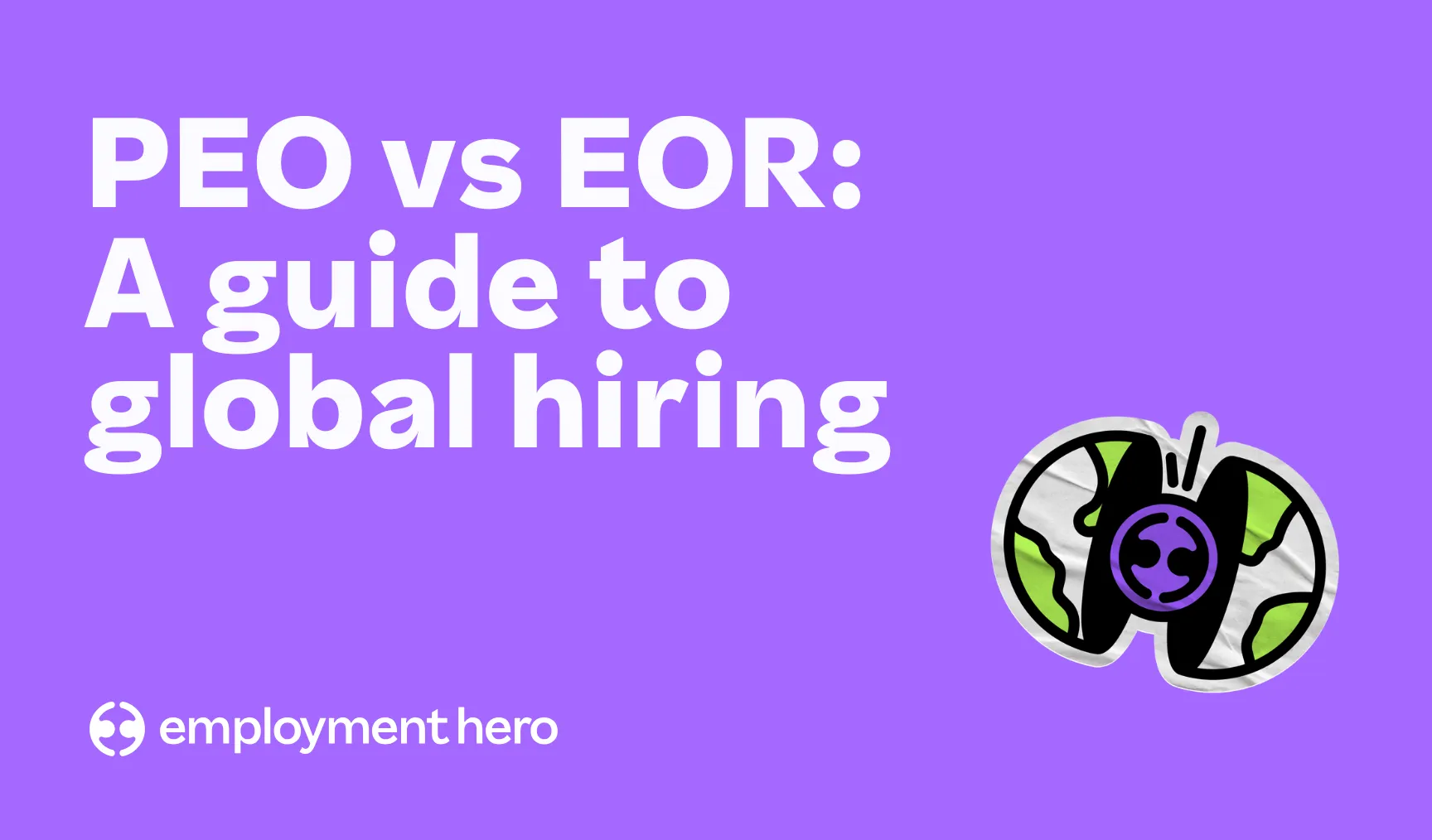Changes to National Insurance (NI) for 2025/26
Learn about how thresholds for National Insurance in the UK have risen and have changed the way that tax and NI contributions are made.

From April 2025, National Insurance Contributions (NICs) are set to rise—impacting businesses across the UK. With a whole host of other increases set to happen alongside the National Insurance changes, many are left wondering how to tackle the increases without it affecting their bottom line.
What is National Insurance (NI)?
National Insurance Contributions are payments made by employers, employees and the self-employed to HM Revenue and Customs (HMRC). They contribute towards certain state benefits including, state pensions, Statutory Sick Pay (SSP), Maternity Allowance and more.For employees, NICs are usually automatically deducted from their wages through the Pay As You Earn (PAYE) scheme; there are also different classes of NI contributions depending on your employees employment status.
Upcoming National Insurance Changes for 2025/26
In late 2024, Chancellor of the Exchequer, Rachel Reeves announced several changes in the Autumn Budget. This came with changes to minimum wage, personal tax, pensions and more.Here, we’re going to take a deep dive into the National Insurance changes, what they mean for your business and how you can prepare.
Changes to employers National Insurance
Currently, employers start paying Class 1 National Insurance contributions (NICs) for each employee once their earnings reach £175 per week or £9,100 per year. This is the secondary threshold. From the 6th of April 2025, the secondary threshold will decrease from £9,100 to £5,000 per year. This change will be in effect until the 5th of April 2028. After that, the government is considering adjusting the threshold in line with the Consumer Price Index. Alongside this April change, employers will also begin paying Class 1 NICs at a rate of 15%, an increase from the current 13.8%.
Changes to Employment Allowance
Criteria which allows businesses to claim Employment Allowance has also changed. Previously, they needed to have a Class 1 National Insurance liability of under £100,000 in the previous tax year to apply. This cap will no longer apply, meaning a broader range of businesses will be eligible to claim Employment Allowance.For more information at a glance, get your free copy of our National Insurance Factsheet.
How will changes to NI Contributions impact employers?
Financial implications
This increase in NICs directly impacts your payroll expenses and the reduction in the threshold means you’ll end up paying NI on a larger portion of your employee’s earnings.You may wish to revise your budget and cash flow projections as well as review your pricing strategy to offset the additional expense.
Potential impact on employment
There may be a need to explore strategies to optimise your business including:
- Reviewing staffing levels;
- Consider flexible working arrangements;
- And, invest in technology and automation tools to improve efficiency.
These increased costs for small businesses may slow down or stop hiring activities completely. Ensure your payroll is updated to accurately reflect the new NI contribution rates and thresholds.
Loose competitive advantage
For businesses with already tight margins, being squeezed even further may lead to the cost being passed onto customers. Ultimately, impacting your businesses competitiveness for both customers and future talent.
Reduced opportunity to invest and grow
Increased costs and a reduction in profits can also lead to limitations on your ability to invest capital in areas such as research and development, new equipment or expansion. This could hinder your business’s growth and innovation, impacting your long-term economic prospects.
How can SMEs prepare for the upcoming changes to NICs?
When preparing for the upcoming National Insurance changes, there are several things you can do as a business.
- Review your financial plans for the coming year – Including payroll budgets and accurate calculations of NI on expenses.
- Adjust financial forecasts – Ensure your budget and forecast has taken these changes into account to help you avoid overspending.
- Update cash flow projections – This can help provide a clear picture of your businesses evolving financial landscape.
- Consider your pricing – Often with increases such as these, it may be necessary for businesses to re-address their pricing strategies and evaluate whether an adjustment is necessary to accommodate the impact of the changes.
- Update your HR and payroll software is up to date – Ensuring these changes are reflected across your HR and payroll system, is not only essential for paying your employees correctly, but it’s also mandatory to remain compliant.
Not only this, but employers from the 6th of April 2025 will be able to claim a maximum of £10,500 through the Employment Allowance. However, it’s worth noting that the eligibility criteria for this will also change. Previously, you would need to have Class 1 National Insurance liability of under £100,000 in the previous tax year in order to qualify. Now this cap has been removed, a larger number of businesses will be eligible.Check if your business is eligible today.
Ensure compliance with Employment Hero
Keeping on top of the latest compliance and employment law changes can be tricky, for a HR professional or business owner; especially if you have limited time and need to continue spinning multiple plates.Let us carry the load when it comes to compliance changes. Employment Operating System (eOS) makes it easy, automatically applying any legislative changes to your payroll processes. And our expert HR Advisory team is on hand to help answer your burning compliance questions.What are you waiting for? Embrace easier payroll today.
Related Resources
-
 Read more: Setting employee expectations: Your guide to getting it right
Read more: Setting employee expectations: Your guide to getting it rightSetting employee expectations: Your guide to getting it right
Learn how to set clear employee expectations to boost productivity and engagement. Discover actionable tips and strategies for leadership success.
-
 Read more: PEO vs. EOR: A guide to global hiring
Read more: PEO vs. EOR: A guide to global hiringPEO vs. EOR: A guide to global hiring
Contents Expanding your business into new markets is a powerful growth strategy. But hiring talent globally introduces a maze of…
-
 Read more: How to build a global team without a local entity
Read more: How to build a global team without a local entityHow to build a global team without a local entity
Learn how to streamline your hiring and expand your UK business globally with an Employer of Record (EOR) without the…





















